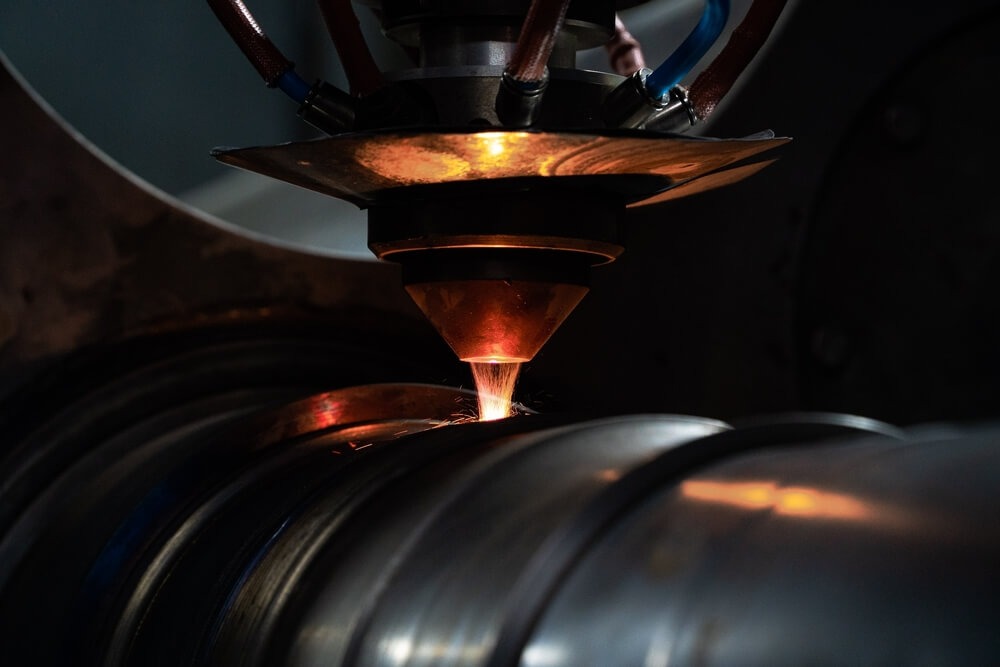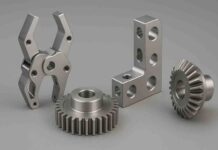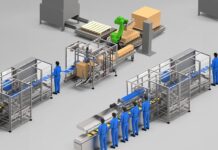In the world of heavy metal fabrication, longevity and performance are everything.
When it comes to protecting pressure vessels, tanks, piping systems, and other mission-critical equipment from corrosion, erosion, and wear, clad welding is one of the most cost-effective solutions available.
At Boardman Inc, we’ve spent decades delivering specialized fabrication solutions for industries that can’t afford failure—and clad welding plays a pivotal role in that promise.
What Is Clad Welding?
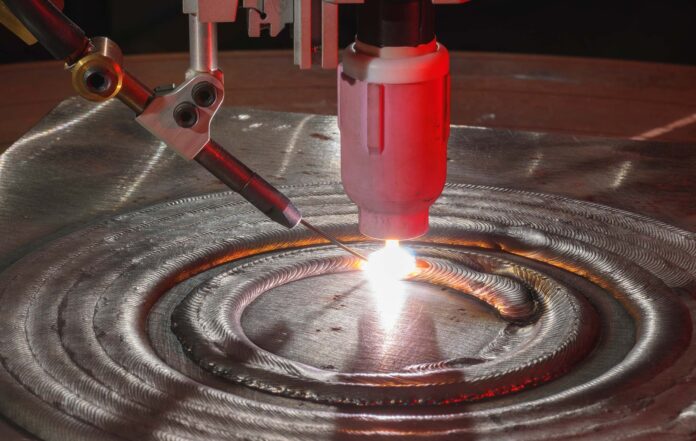
Clad welding, also known as weld overlay or cladding, is a process in which a corrosion-resistant alloy (CRA) is welded onto a less expensive or more structurally suitable base metal.
This creates a dual-material surface that retains the strength of carbon or low-alloy steels while benefiting from the corrosion resistance of high-performance alloys like Inconel, Hastelloy, or stainless steel.
This process is particularly essential in industries such as oil & gas, petrochemical, power generation, and marine, where equipment is exposed to extreme temperatures, pressures, and corrosive materials.
Why Clad Welding Matters in Heavy Metal Fabrication
Heavy metal fabrication often involves the manufacture of large, pressure-rated, high-integrity components.
These parts must meet strict industry codes (ASME, API, etc.) and often require enhanced material performance.
Clad welding offers the ideal combination of economy and performance, allowing fabricators like Boardman Inc to deliver robust equipment that stands the test of time—without the cost of solid CRA construction.
For example, a pressure vessel constructed entirely from stainless steel or Inconel would be significantly more expensive than a vessel fabricated from carbon steel and clad with stainless steel on critical surfaces.
This strategic layering of materials ensures chemical resistance on the inside, and structural strength and cost savings on the outside.
Key Benefits of Clad Welding

- Corrosion Resistance: Extends the service life of components exposed to aggressive chemicals and extreme environments.
- Cost Efficiency: Reduces material costs by minimizing the use of expensive CRAs.
- Weld Integrity: Provides a metallurgically bonded surface that performs well under mechanical stress and thermal cycling.
- Custom Applications: Allows for precision overlays on complex shapes, nozzles, or high-wear zones.
The Boardman Inc Approach
At Boardman Inc, our approach to clad welding is informed by decades of experience serving critical industries with zero tolerance for failure.
We employ advanced welding technologies—including GTAW, SAW, and GMAW—along with automated welding systems and in-house engineering support.
Our fabrication teams are ASME-certified and capable of working with a wide range of CRA materials, from stainless steel to exotic nickel alloys.
We also offer full in-house inspection and testing services, including hydrotesting, radiographic examination, and PMI (Positive Material Identification), ensuring that every clad weld meets or exceeds project specifications and code requirements.
Clad Welding Applications We Support
- Heat exchangers and pressure vessels for chemical processing
- Waste-to-energy boilers and economizers
- Oil & gas separators and production equipment
- Industrial reactors and columns
- Custom piping and nozzles exposed to acids or high heat
Final Thoughts
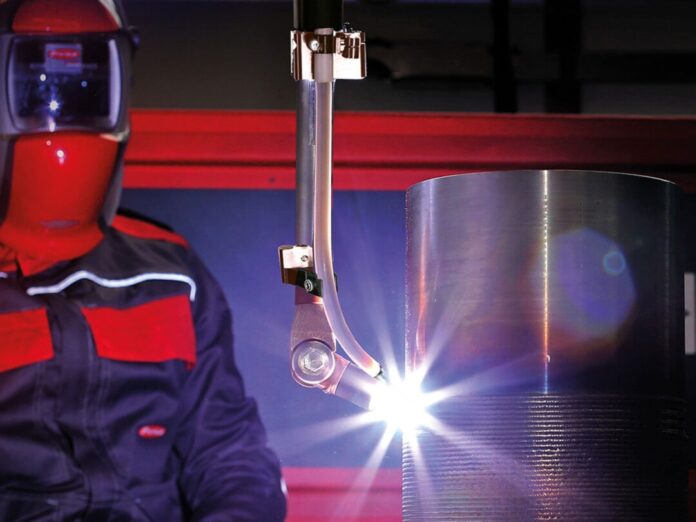
In heavy-duty fabrication, details matter—and clad welding is one of the smartest ways to maximize performance without blowing your project’s budget.
Whether you’re designing a high-pressure vessel or upgrading an existing unit, Boardman Inc’s clad welding services offer the durability, reliability, and engineering support your operation demands.
Looking for a reliable partner in heavy metal fabrication and clad welding? Reach out to Boardman Inc today to discuss your project specs or request a quote.

